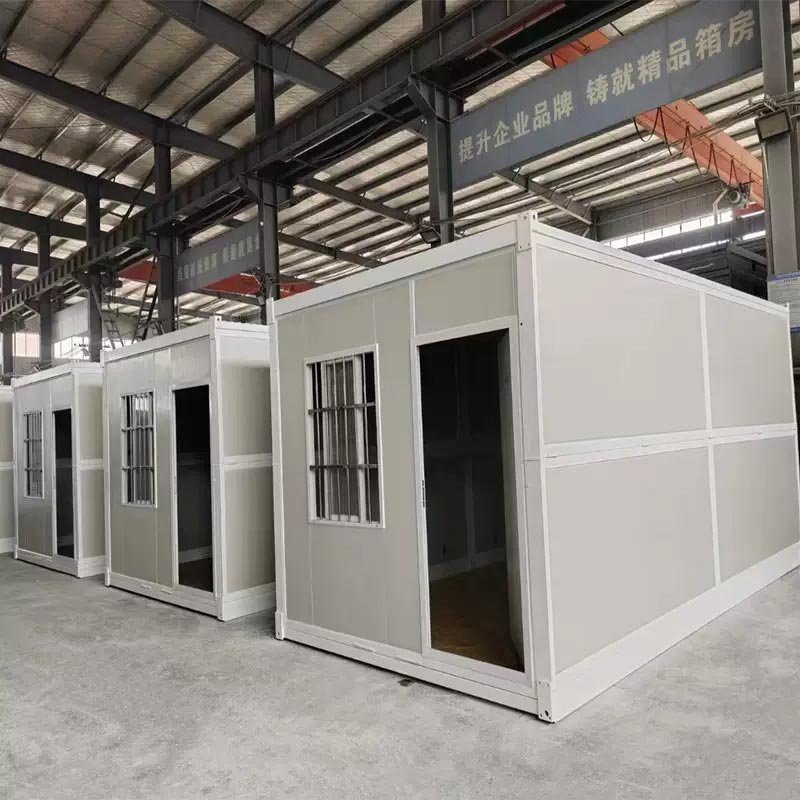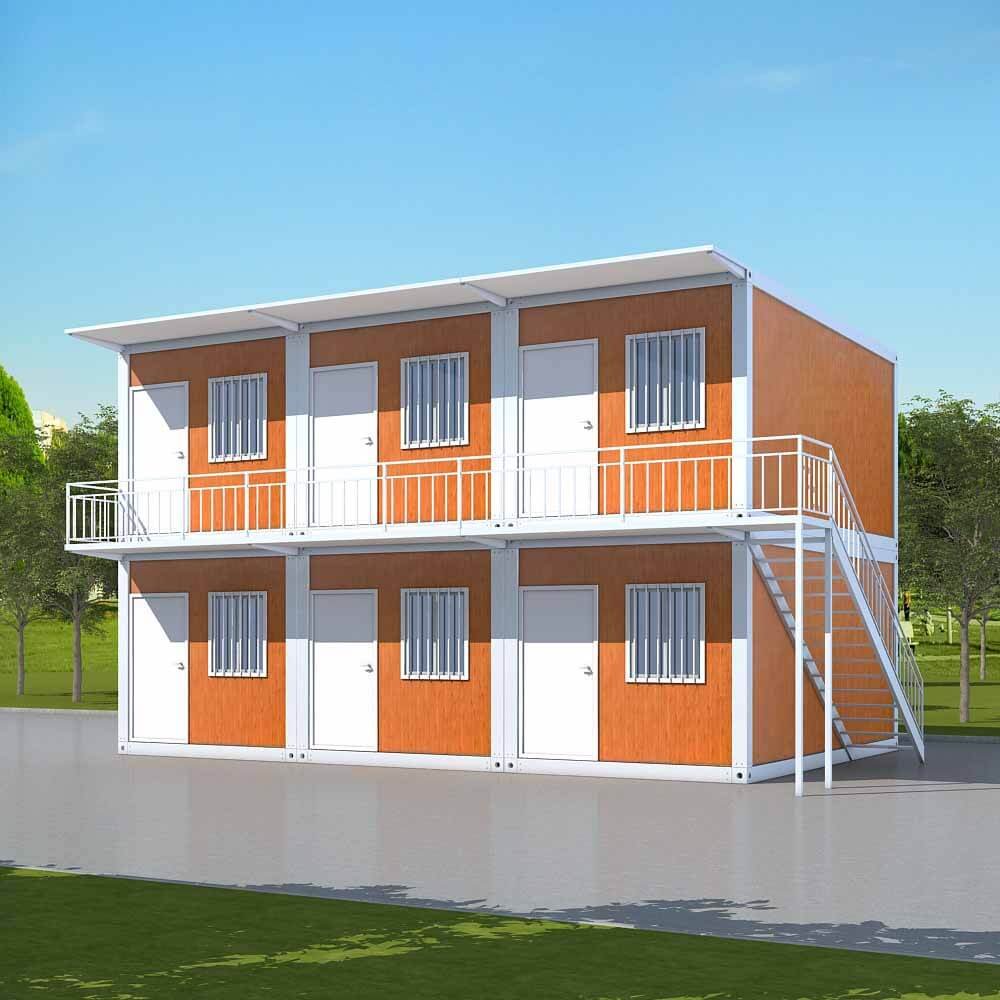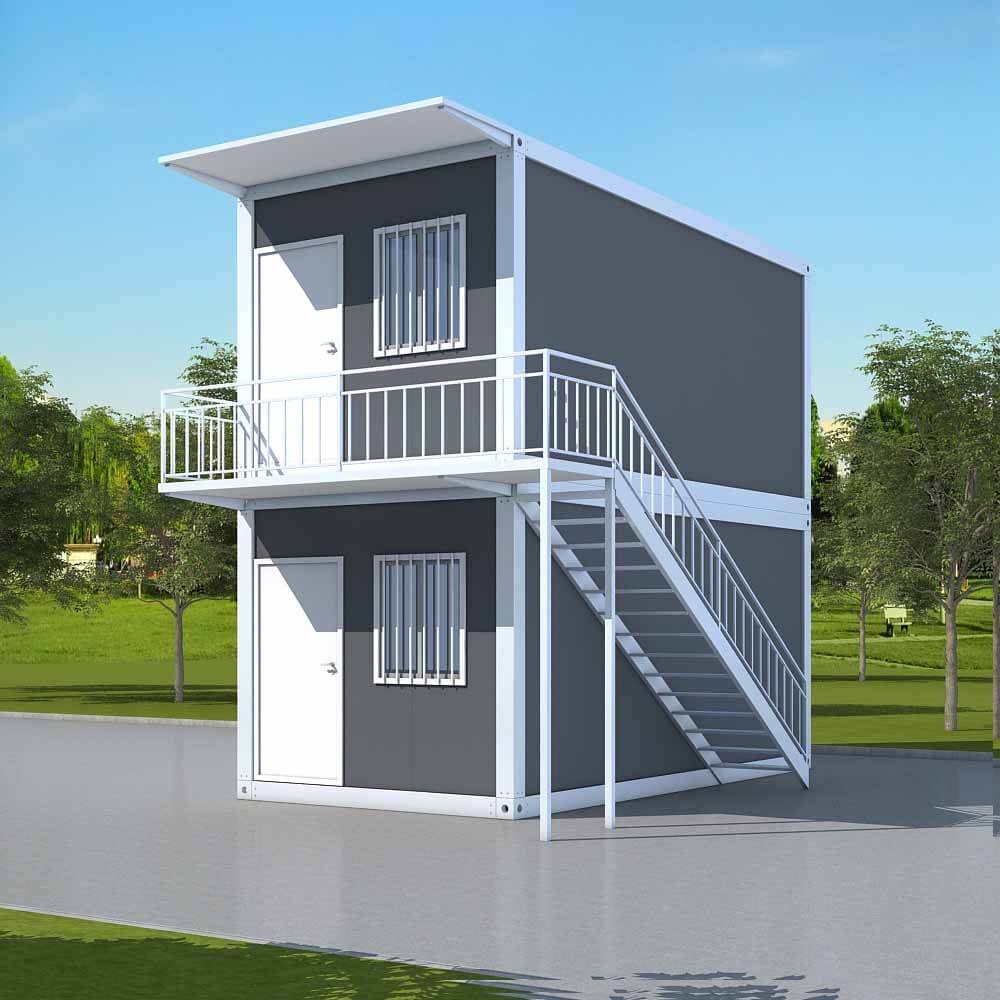One of the main advantages of prefabricated container houses is their speed of construction. Unlike traditional buildings, which can take months or even years to construct, these containers are pre-built off-site and can be quickly assembled on location. This makes them ideal for organizations that require immediate access to office space, such as disaster relief operations or temporary worksites.
Prefabricated container houses are also highly durable and versatile structures. Made from robust weather-resistant materials such as steel and aluminum, they are designed to withstand extreme weather conditions while providing a comfortable indoor environment. Additionally, these containers can be stacked or expanded upon to create multi-level offices, maximizing the available workspace without sacrificing structural integrity.
In terms of aesthetics, prefabricated container houses have come a long way from their industrial origins. Today, there are various designs available that range from modern minimalist styles to more traditional-looking buildings. This means that businesses can choose a design that matches their brand image or opt for custom finishes to personalize their office space further.
Another significant advantage of prefabricated container houses is their portability. They can be easily transported by truck or ship and set up at different locations whenever needed. This makes them an excellent solution for businesses with mobile teams or those working on short-term projects in different areas.
Prefabricated container houses offer eco-friendly options for temporary office spaces compared to conventional buildings made from concrete and other non-recyclable materials. By choosing these sustainable structures, businesses can not only reduce their carbon footprint but also save on energy and utility costs.
Prefabricated container houses are an efficient, cost-effective, and environmentally-friendly solution for temporary office spaces. With their ease of construction, durability, versatility, and portability, they offer a highly practical alternative to traditional office buildings. Whether for disaster relief efforts or temporary worksites, these structures provide a ready-to-use workspace that meets the needs of modern businesses.



